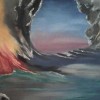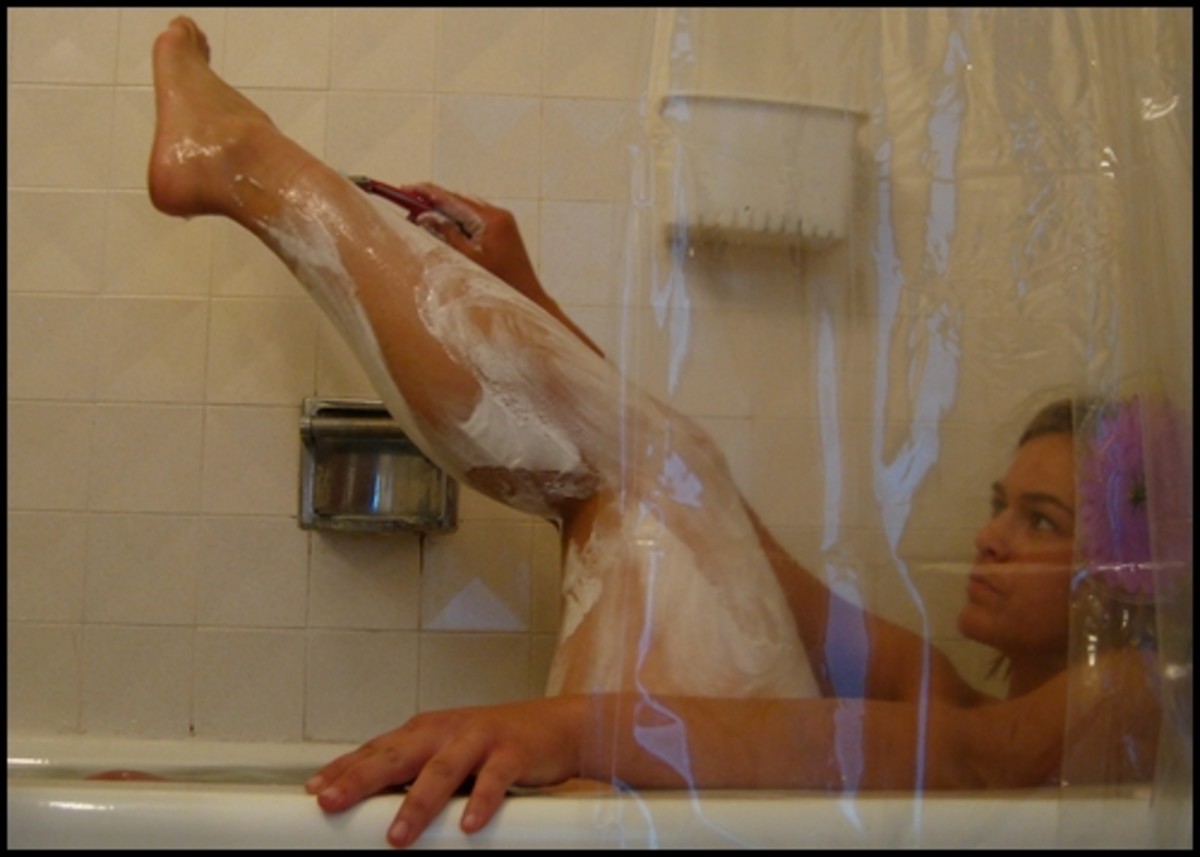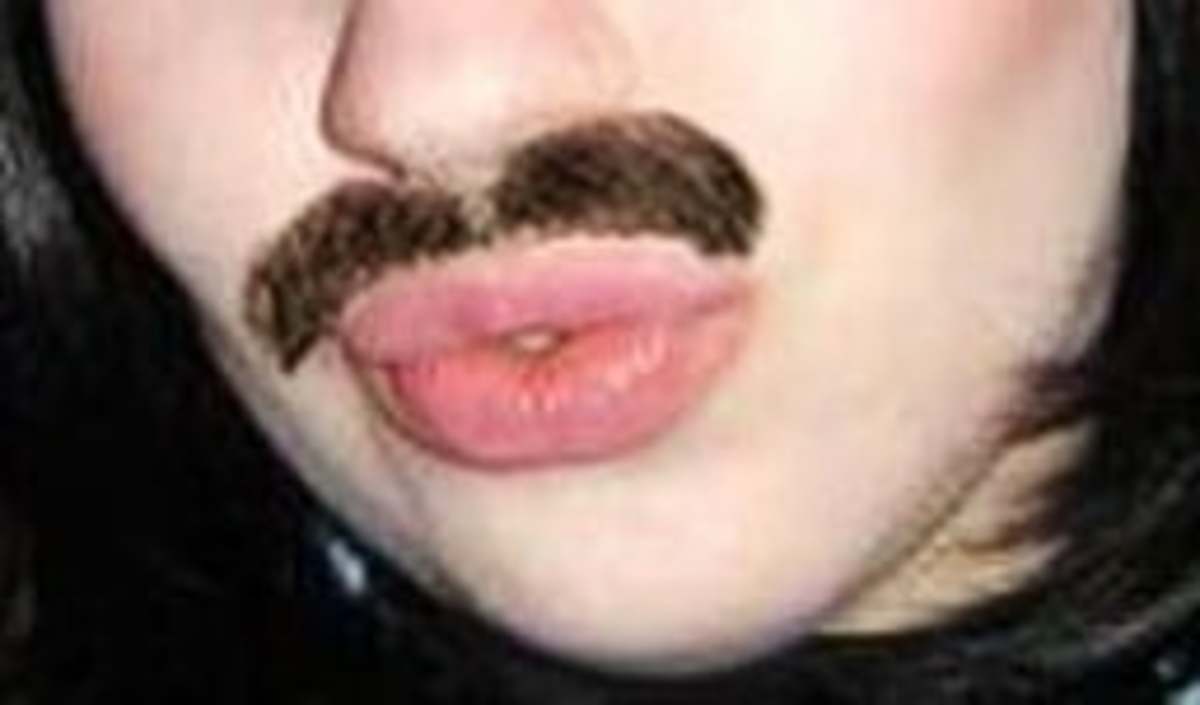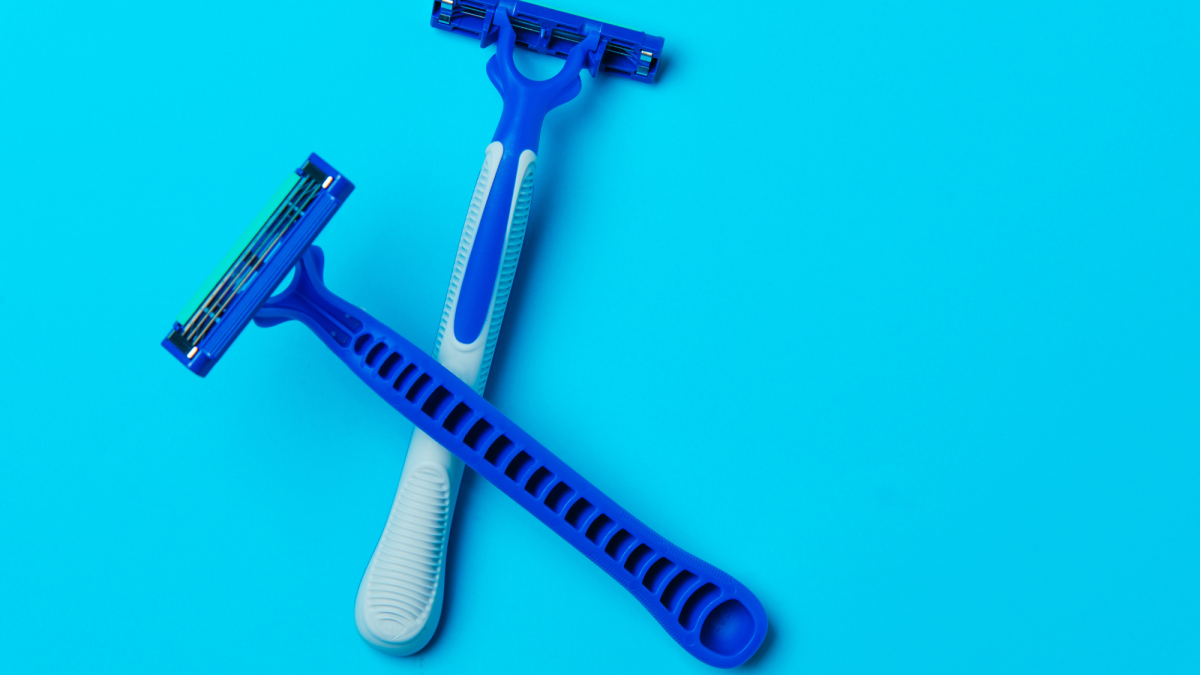How to Get Rid of Razor Burn
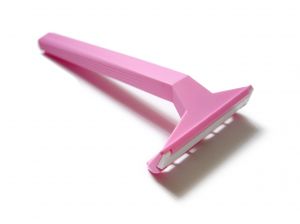
Shaving can cause skin irritation such as razor burn and bumps. Because razor burn can be extremely uncomfortable and unsightly, it's no wonder that people often want to know how to get rid of razor burn fast.
Razor burn is common on recently shaved faces and legs. The razor burn rash can begin to appear within minutes of shaving. The rash may be reddened skin with or without bumps.
The razor burn is often caused by skin irritation from the newly cut hair and razor. If there are bumps, they usually are caused by bacteria that enters the skin through tiny cuts caused by shaving or ingrown hairs.
To get rid of razor burn, the person should stop shaving for at least a few days to allow the skin to heal. The razor burn typically will heal on its own. There are over-the-counter lotions that soothe the skin irritation.
A common razor burn treatment is to use a skin astringent like Proactiv, Clearisil, or Phisoderm twice a day. Some people use a razor burn home remedy of diluted white vinegar which is made with one part vinegar to four parts water.
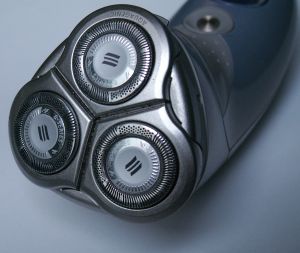
Another home remedy for razor burn calls for tea tree oil. Using a cotton ball, the person should wipe the razor burn areas with tea tree oil.
After-shave balm is an alternative to after-shave for men who do not like how after-shave tends to sting. The after-shave balm is designed to be cooling and help prevent skin irritation like razor burn.
Razor burn with bumps could mean that the follicle has been infected by bacteria. Using antibacterial soap on the area can help promote healing. Some people use witch hazel or skin care products containing witch hazel to treat razor bumps.
Hair follicles can become trapped under the skin and cause bumps. Some resources recommend lightly scrubbing the bumpy area with a washcloth and plain, lukewarm water. This removes dead skin cells and can help free the trapped hairs.
If the skin is dry, it may contribute to the development of razor burn and bumps because there often are already tiny cuts or abrasions in dry skin from scratching or minor skin damage from the dryness. Using a hypoallergenic moisturizing cream twice a day can help rehydrate the skin.
To avoid getting razor burn, use a clean, sharp razor for each shave. Also, avoid shaving over the same area more than once and shave in the direction that the hair grows.
If someone is being very careful when shaving and still gets razor burn, it may not be razor burn. The irritation could be an allergic reaction to an ingredient in the shaving cream or aftershave.
For more information about preventing razor burn, please visit the article: Razor Burn or Bumps.
